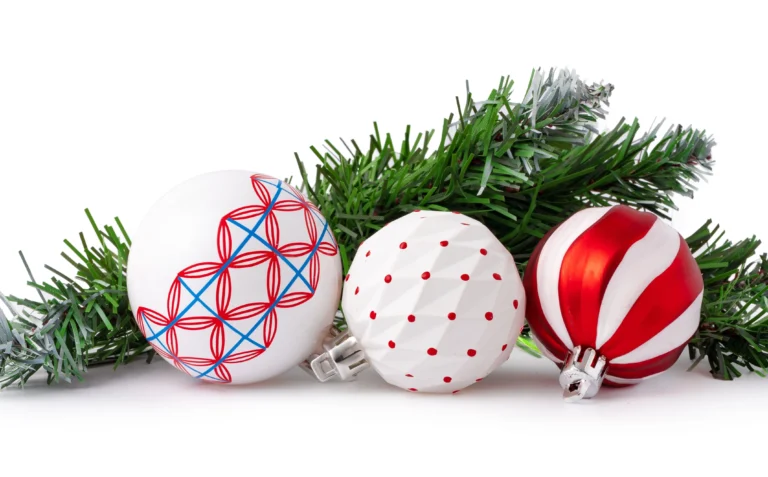Golf Ball Designs: How Aerodynamics and Technology Improve Play
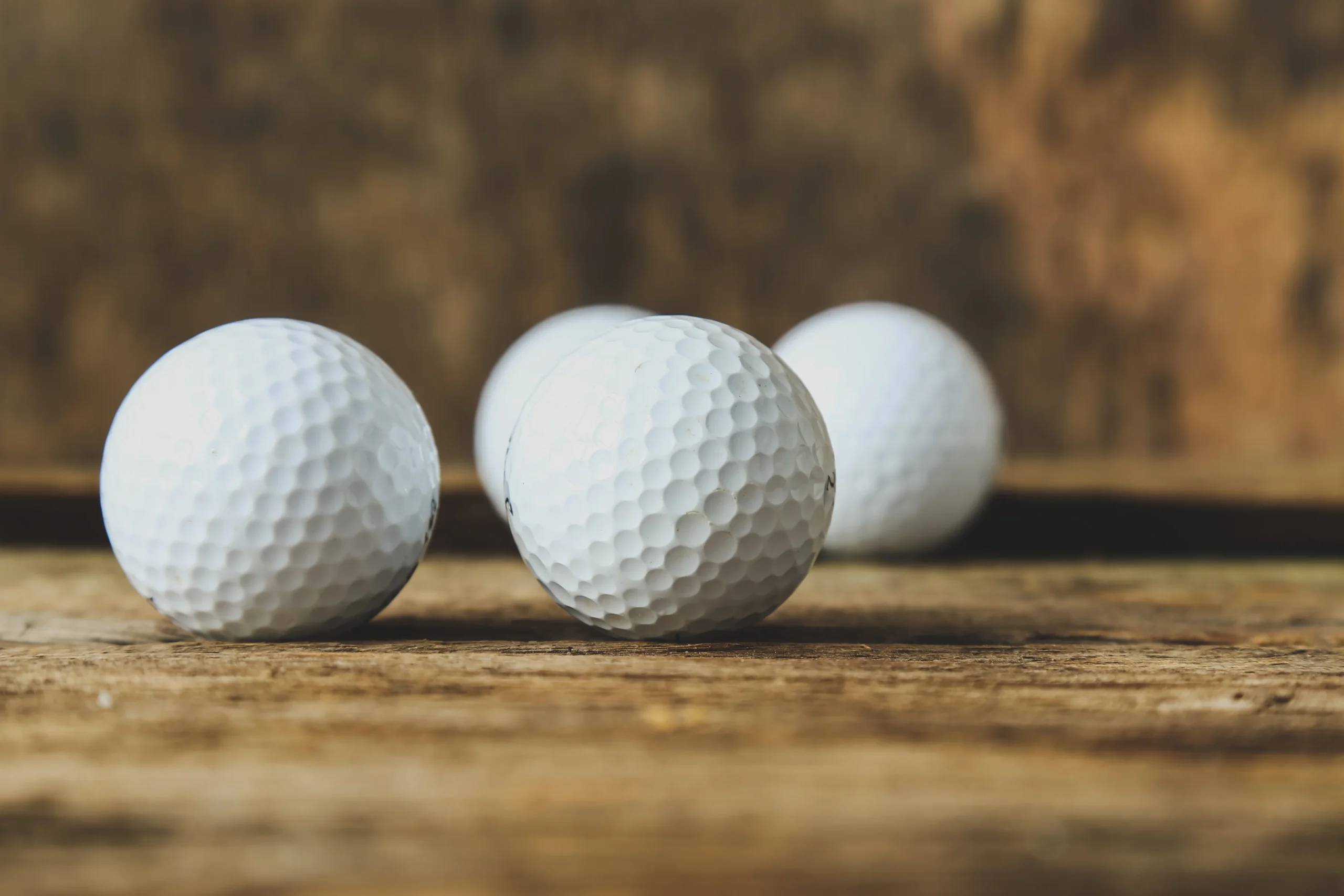
To the casual golfer, a golf ball might seem like a simple white sphere. But to those who understand the game, it’s a tiny masterpiece of engineering. Modern golf ball designs combine physics, materials science, and aerodynamics to fine-tune every swing from how the ball flies through the air to how it reacts on the green.
Every dimple, layer, and compression rating has a purpose. Today’s golf balls are not just built for distance they’re crafted for precision, control, and feel, giving golfers an edge at every level.
Let’s explore how innovation and technology have transformed golf ball designs and how it directly impacts your performance.

The Science Behind Golf Ball Designs
A Brief History of Evolution
Early golf balls were made from feathers and leather known as “featheries” back in the 17th century. These were later replaced by gutta-percha balls, made from tree sap, which offered better durability and flight.
Fast-forward to today, and golf balls have evolved into multi-layered spheres designed with precision. The transformation from handmade to high-tech has been driven by one goal: to make every shot fly farther, spin smarter, and feel better.
Understanding Golf Ball Construction
1. The Core: The Power Source
The core is the engine of the golf ball. It determines how much energy transfers from your club to the ball.
- High-compression cores are built for faster swing speeds, maximizing distance.
- Low-compression cores help slower swingers get more lift and carry.
Modern balls use polybutadiene rubber a material that reacts dynamically to impact, delivering incredible energy return.
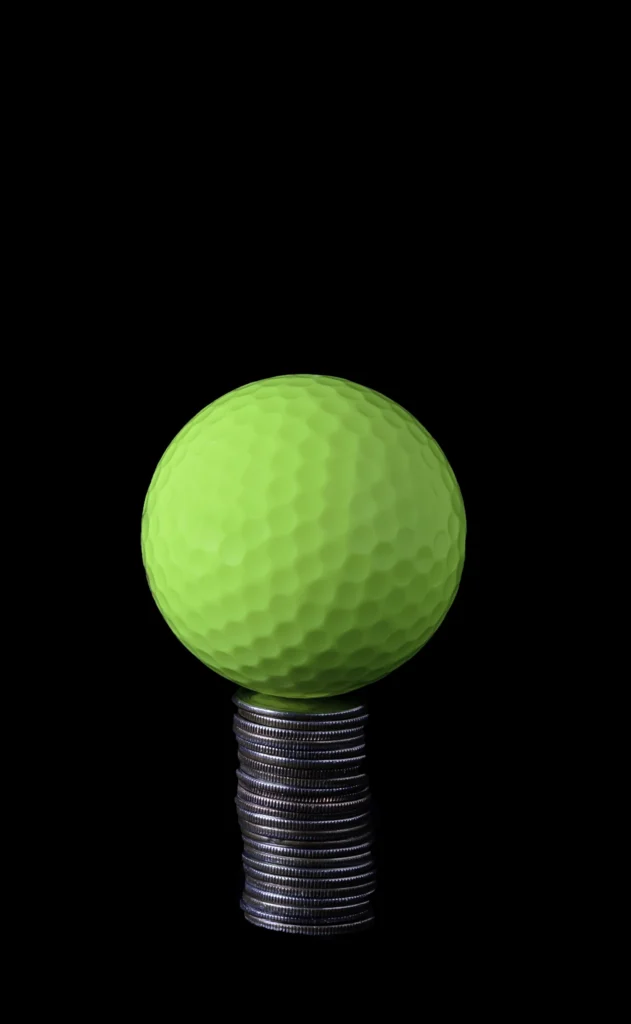
2. The Mantle Layer: The Control Zone
Between the core and cover lies the mantle layer. This part manages spin, feel, and control. Some golf balls have one mantle, while tour-level models have multiple layers to fine-tune how the ball behaves on different shots.
For instance, when you hit with a wedge, the mantle helps generate backspin for stopping power; with a driver, it reduces spin to increase distance.

3. The Cover: The Feel and Spin Master
The cover is what you see and feel. Most premium golf balls use urethane covers, known for providing a soft touch and superior spin control.
Other balls, especially distance models, use ionomer or Surlyn covers, which are firmer and more durable, giving extra roll on drives but less greenside spin.
Your cover choice often depends on your playing style control players prefer urethane, while power hitters might choose ionomer covers.
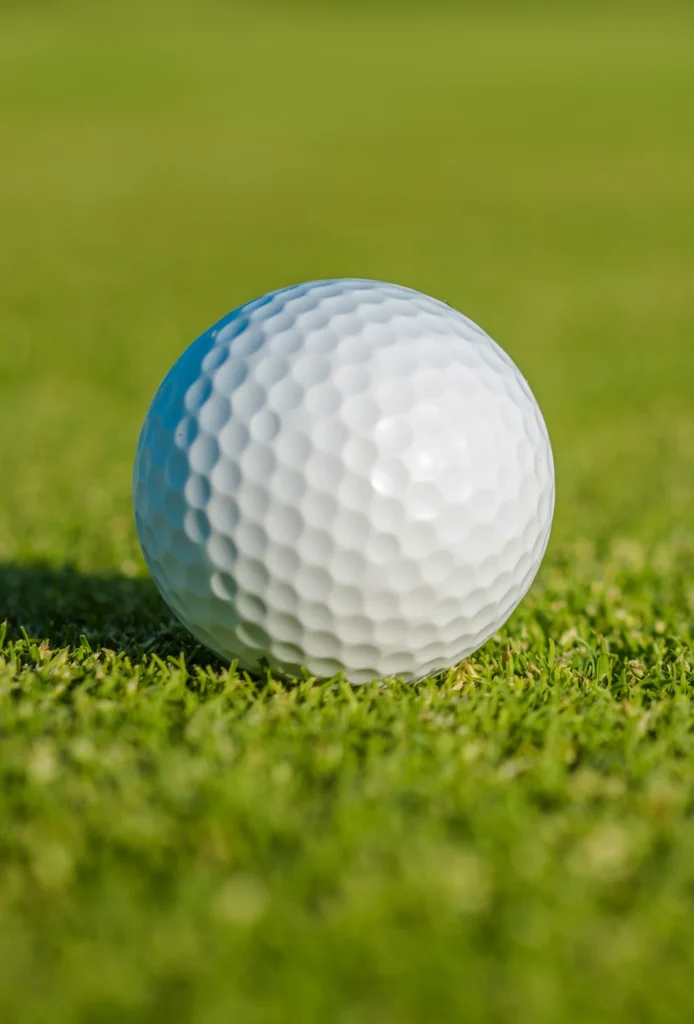
Aerodynamics: The Magic of Dimples
Why Dimples Matter
Those little indentations on a golf ball aren’t just for looks. They’re designed to manipulate airflow. A smooth ball would travel less than half the distance of a dimpled one because of air resistance.
Dimples create a thin turbulent layer of air around the ball, reducing drag and increasing lift allowing it to stay in the air longer and fly straighter.
Types of Dimple Patterns
Golf ball manufacturers experiment with different dimple shapes and patterns to optimize performance:
- Circular dimples: The most common, offering consistent flight.
- Hexagonal or mixed dimples: Found on premium balls to reduce turbulence.
- Shallow vs deep dimples: Affect trajectory — shallow for higher flight, deep for lower, penetrating flight.
The average golf ball has between 300 and 500 dimples, each carefully engineered to influence aerodynamics.

How Technology Is Redefining Performance
Smart Material Engineering
Advanced polymers and dual-core technologies now allow manufacturers to fine-tune compression and responsiveness. Some golf balls even use nanomaterials to optimize energy transfer and durability.
This means a single ball can deliver maximum distance off the tee and soft control around the green a balance that was impossible decades ago.
Computer Modeling and AI Design
Modern golf ball R&D teams use computer simulations and AI algorithms to test hundreds of dimple configurations and material blends before production.
These simulations predict how the ball behaves in wind, temperature changes, and varying swing speeds leading to designs that perform consistently across all conditions.
Consistency Through Manufacturing Precision
Golf balls today are manufactured to micron-level accuracy, ensuring each ball in a dozen performs identically. This consistency allows players to trust their gear completely something professional golfers rely on at the highest levels.
Matching Golf Ball Designs to Your Game
1. For Distance Seekers
If you have a high swing speed and prioritize long drives, look for multi-layer balls with firmer cores and low spin rates.
These designs minimize drag and maximize carry distance.
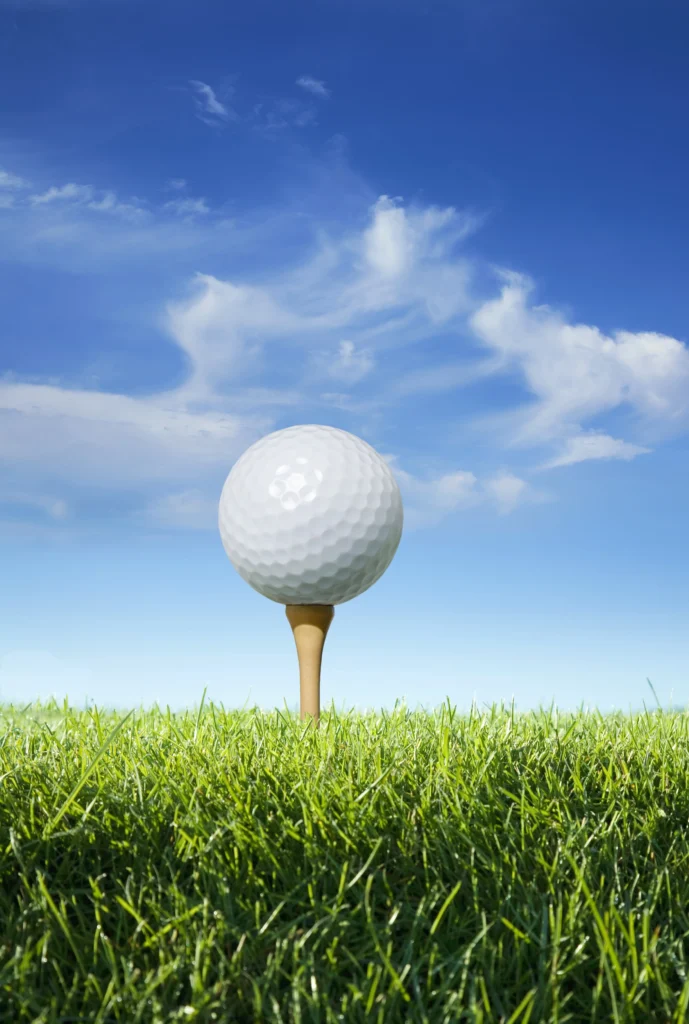
2. For Control Players
If precision and short-game performance matter most, choose soft urethane-covered balls. They provide excellent spin on approach shots and greenside control.
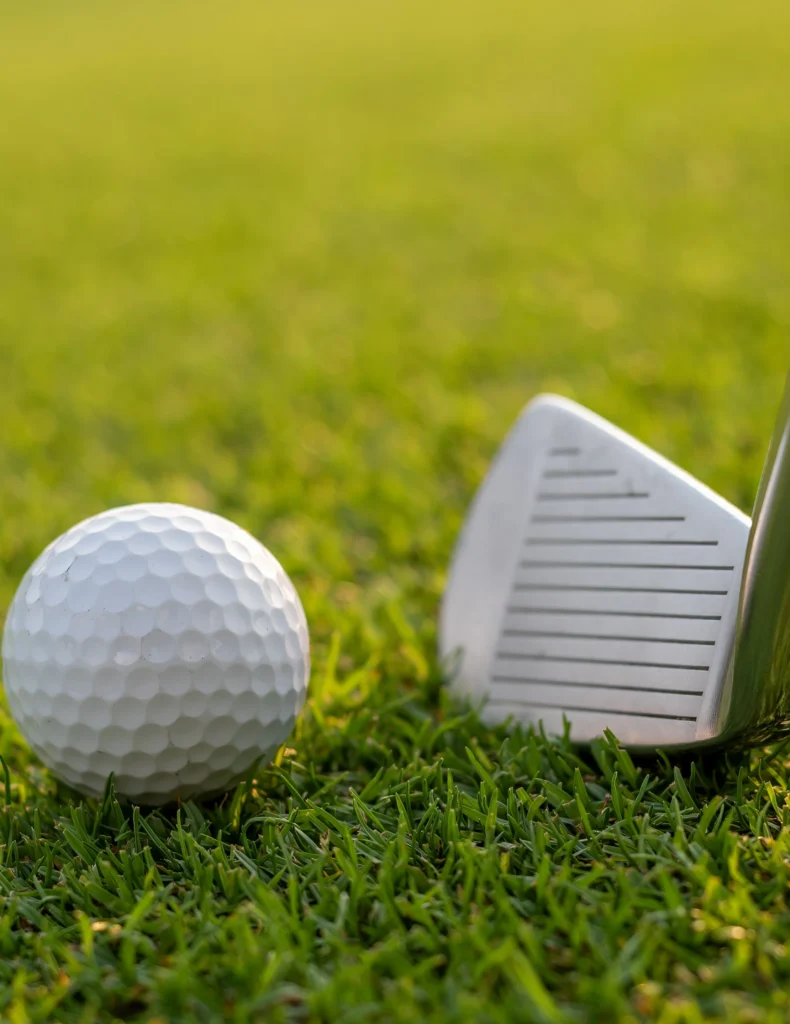
3. For Beginners
Beginners often benefit from two-piece balls durable, affordable, and easy to hit straight. They’re perfect for building confidence and consistency while learning.
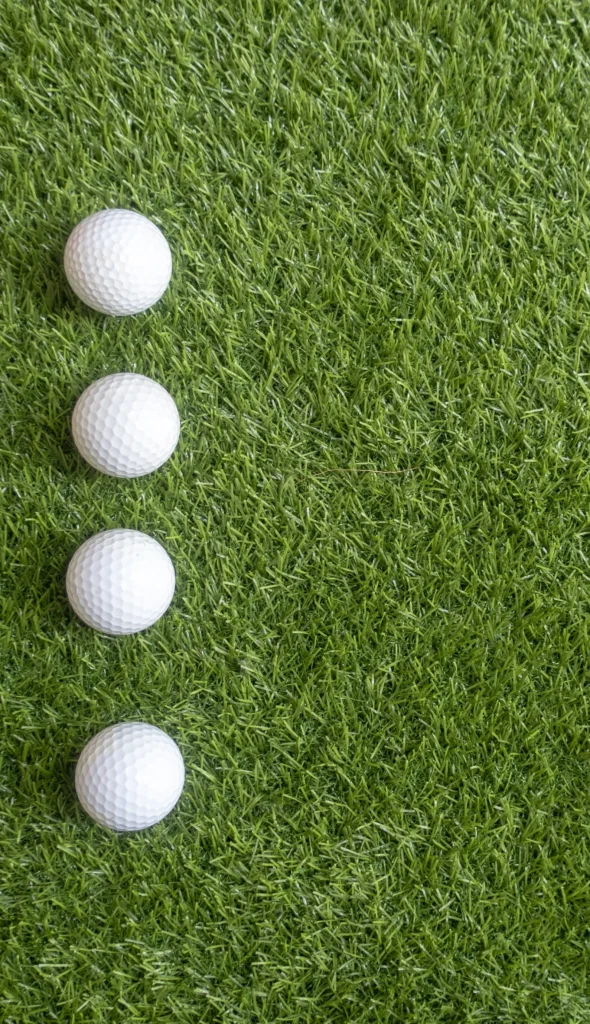
Sustainability in Golf Ball Designs
As golf becomes more environmentally conscious, brands are focusing on eco-friendly materials and biodegradable covers. Some companies are experimenting with recycled rubber cores and water-soluble coatings, reducing the environmental footprint of lost balls.
This shift proves that innovation in golf ball designs isn’t just about performance it’s about responsibility too.
You May Also Like: What To Wear To A Golf Tournament: Golf Dress Code Guide
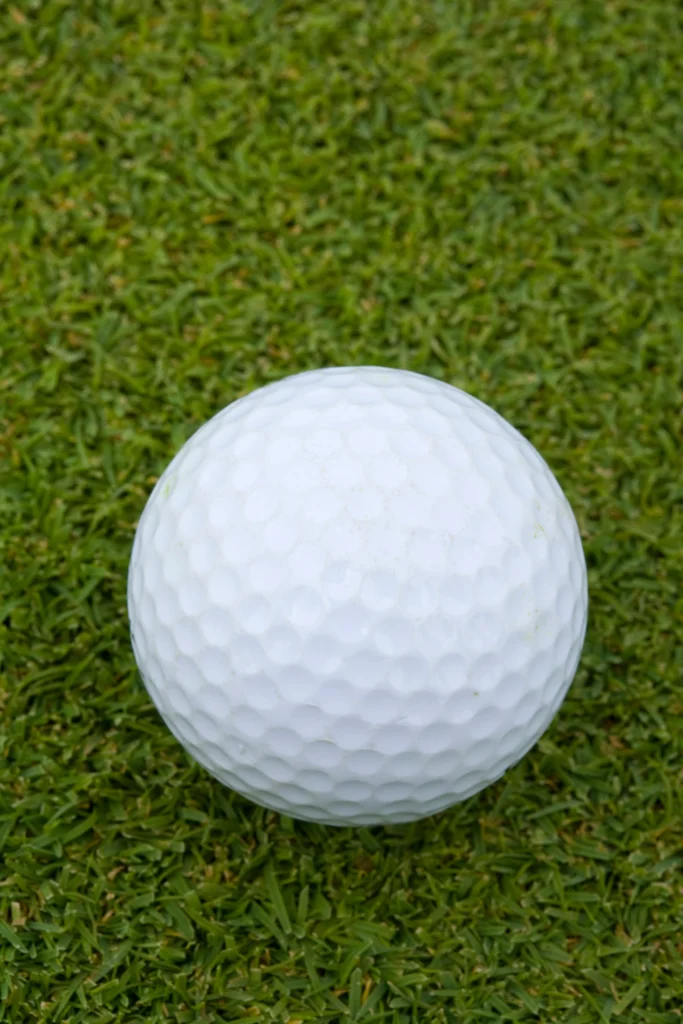
The Future of Golf Ball Technology
The next decade promises exciting breakthroughs: smart golf balls embedded with sensors that track spin, speed, and flight path via mobile apps.
Imagine analyzing every swing in real-time, using data collected from the ball itself a game-changer for players and coaches alike.
Frequently Asked Questions (FAQs)
Conclusion
The design of a golf ball may seem simple, but it’s a symphony of science, technology, and craftsmanship. From the aerodynamic dimples that cut through the air to the multi-layer cores that control distance and feel every detail is deliberate.
Whether you’re a weekend golfer or a pro chasing precision, understanding how golf ball design affects your game can help you choose smarter and play better.
The next time you tee up, take a moment to appreciate the innovation behind that little white sphere because in golf, every design detail truly counts.
These Topics Might Interest You:
- Golf Simulator Hitting Mat Guide
- How Realistic Is A Golf Simulator?
- How To Start A Golf Simulator Business
- Are There Special Balls For A Golf Simulator?

I’m Khawar Iqbal, Founder of Golfsportal. I’m excited to be your guide in the world of Golf. At Golfsportal, I will keep you updated with insightful information that will help you improve your golfing experience and knowledge about what’s currently happening in the industry.

